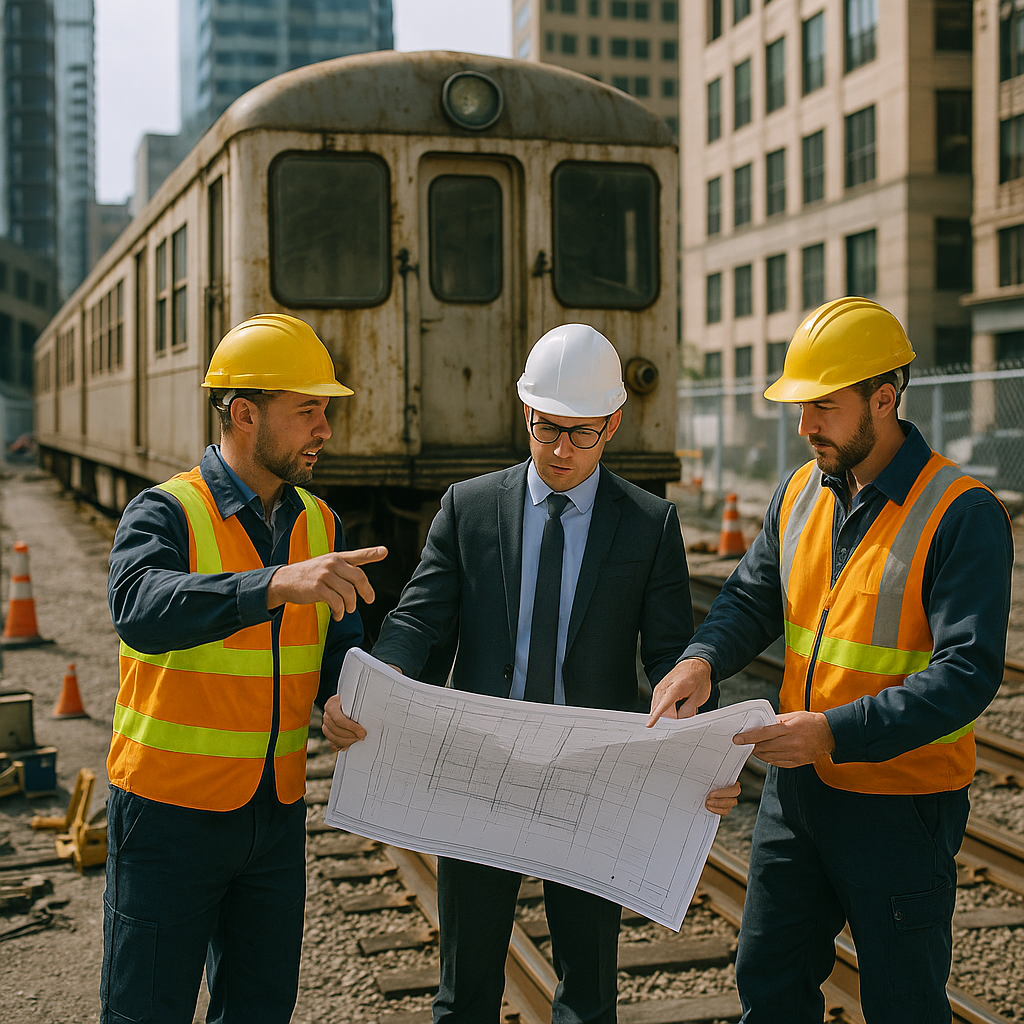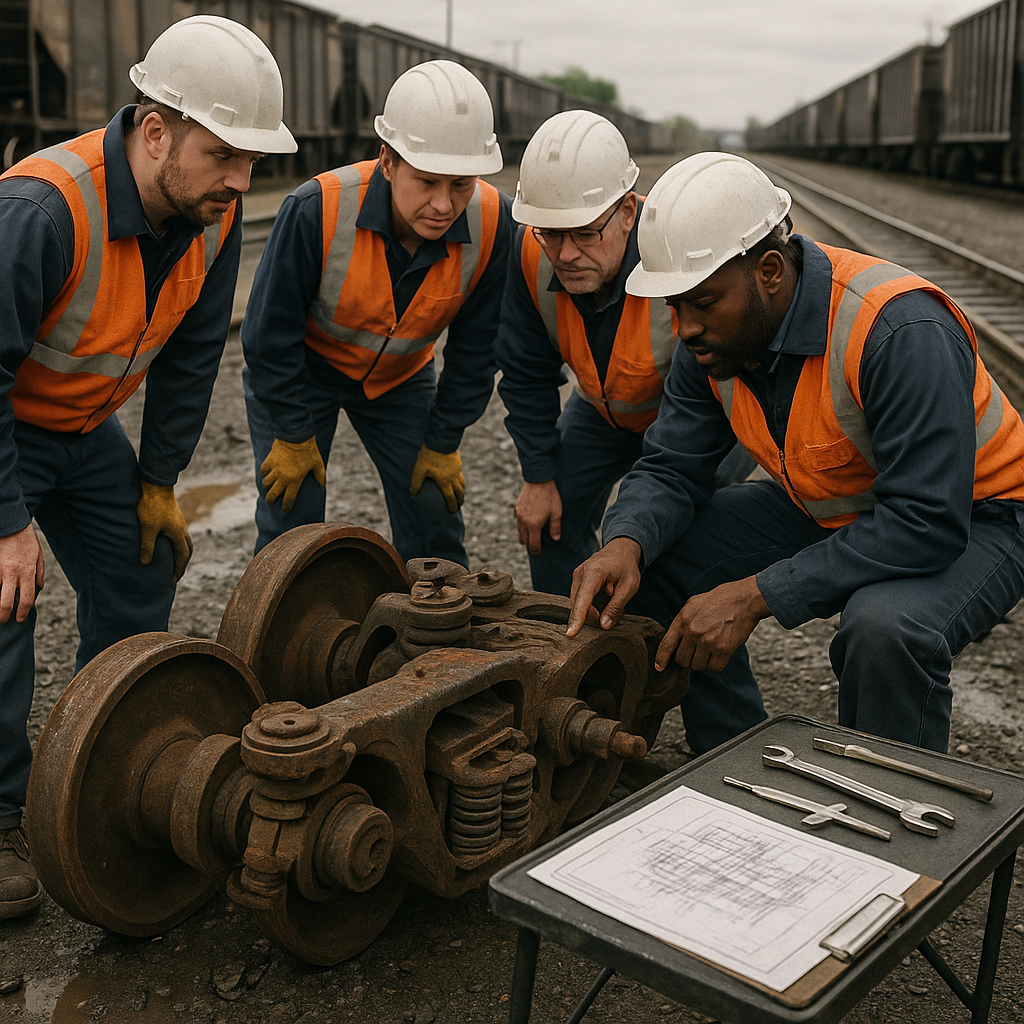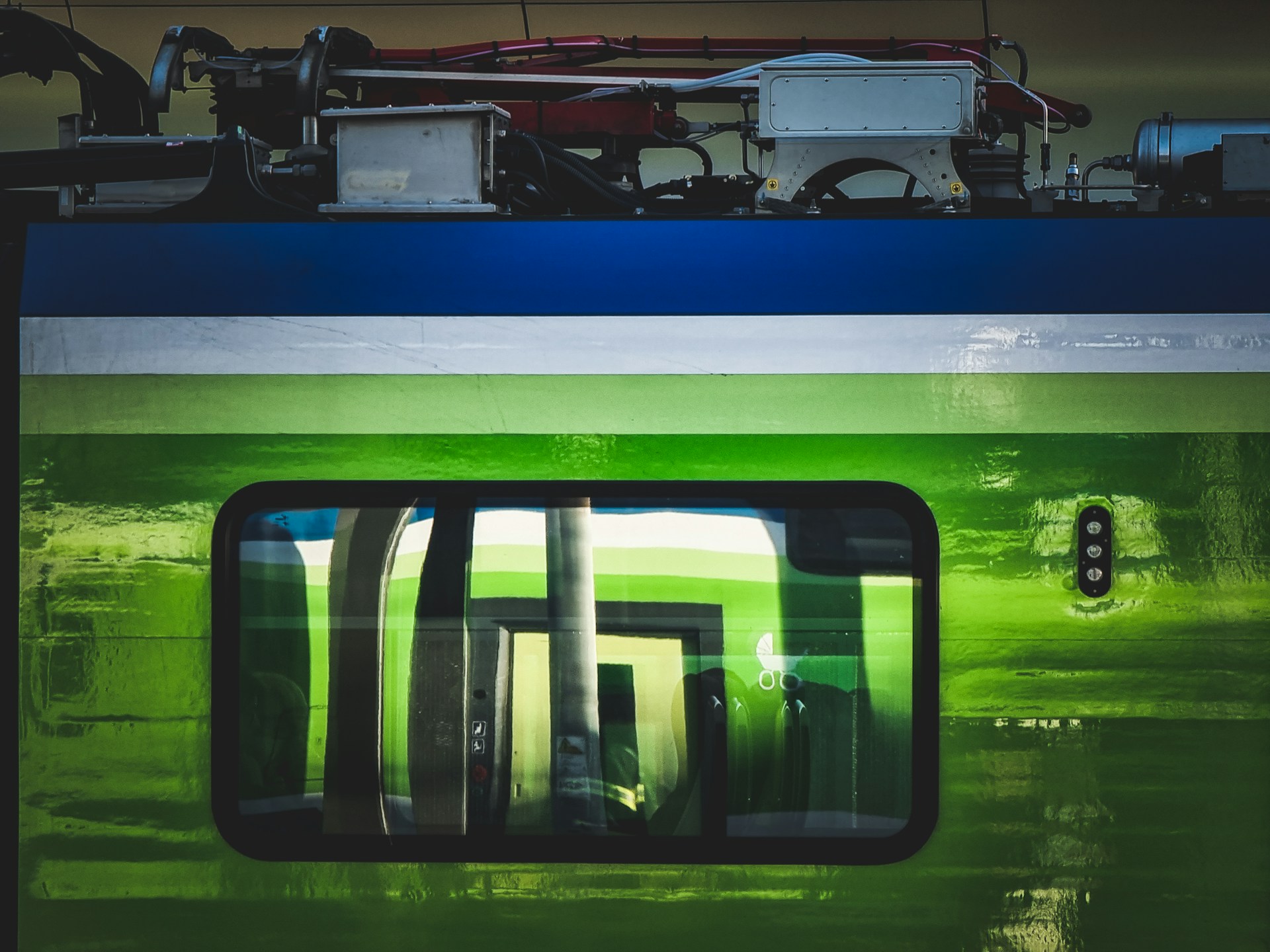5901 Botham Jean Blvd, Dallas, TX 75215
What Does it Mean to Repurpose Old Train Equipment?
June 18, 2025Repurposing old train equipment involves giving new life to retired railroad cars and subway trains by transforming them into unique spaces for various uses. This creative recycling approach preserves iconic transit history while offering functional solutions for communities.
As railroad companies upgrade their fleets and transit systems modernize, thousands of train cars become obsolete. Instead of sending these massive steel structures to scrap yards, innovative designers and community planners are finding exciting ways to transform them into functional spaces with distinctive character.
This practice offers a sustainable alternative to traditional demolition. Each repurposed train car diverts tons of metal and materials from landfills, honoring transportation heritage while meeting contemporary needs for housing, commerce, and public gathering spaces.
How are cities and organizations approaching train car repurposing?

Cities like San Francisco and transit authorities such as BART (Bay Area Rapid Transit) are exploring innovative ways to extend the life of retired train cars. When BART upgraded to their new Fleet of the Future, they faced the challenge of deciding what to do with hundreds of decommissioned legacy cars. Instead of scrapping them, BART initiated a formal proposal process in January 2021.
The agency received 20 proposals from organizations and individuals with creative ideas for repurposing these iconic cars. After careful evaluation, BART selected eight recipients who presented the most viable plans.
The Selection Process
Transit authorities assess proposals based on specific criteria to ensure the feasibility and sustainability of repurposing projects. BART examined each submission for:
- Technical viability of the proposed transformation
- Financial capability to complete the project
- Long-term maintenance plans
- Environmental considerations
- Public benefit and accessibility
The selection committee particularly valued proposals that honored the cultural significance of the train cars while offering creative new uses. Winners included plans to convert cars into a video arcade connected to a restaurant, a transportation museum, a bike repair center for urban youth, and even a sustainable residence in the Sierra Foothills.
Logistical Challenges
Repurposing train cars involves significant logistical hurdles. Organizations must coordinate the transportation of 60,000-pound vehicles from transit facilities to their final destinations. This process requires specialized equipment, permits for oversized loads, and careful planning.
BART estimates that transport, installation, and permitting costs range between $8,000 and $15,000 per car. Recipients must demonstrate their ability to manage these costs and address several key considerations:
- Transportation planning from BART facilities to the installation site
- Foundation requirements to support the massive weight
- Permits and compliance with local building codes
- Retrofitting for new uses while maintaining structural integrity
- End-of-life disposal plans when repurposing concludes
The environmental impact of repurposing versus recycling is also a major consideration. While most of BART’s retired cars will be recycled by a steel processing center, the selected repurposing projects help reduce waste and extend the useful life of these vehicles.
Sustainability and Long-Term Viability
Successful repurposing projects must be sustainable over time. BART required applicants to outline how they would maintain their repurposed cars and what would happen when the projects reached the end of their lifecycle.
One innovative proposal came from private residents planning to transform a car into a sustainable residence in the Sierra Foothills. Their plan included solar panels, gray water systems, and passive cooling techniques. With proper maintenance, they estimate the structure could last up to 100 years – far longer than the car’s original intended lifespan as transit equipment.
Another project by the Hayward Fire Department will use a repurposed car for rescue training scenarios. The department committed to providing “continuous maintenance and repairs” to ensure the training prop remains useful for many years.
Some creative ideas that have worked for other transit systems – such as creating artificial reefs by sinking cars in the ocean – weren’t feasible for BART’s aluminum cars. This highlights how repurposing approaches must be tailored to the specific materials and construction of each transit system’s equipment.
Organizations tackling repurposing projects must balance creativity with practical considerations of cost, logistics, and long-term sustainability. The most successful projects demonstrate careful planning for both the exciting transformation phase and the less glamorous but equally important maintenance period that follows.
What are the challenges in repurposing train equipment?

Repurposing train cars involves significant logistical challenges that extend beyond acquiring the equipment. Transportation costs are one of the largest barriers. Moving a 60,000-pound train car requires specialized flatbed trucks and expert drivers skilled in handling oversized loads. These expenses alone can range from $8,000 to $15,000 per car.
The physical relocation of train cars demands specialized heavy machinery. Cranes and custom lifting equipment are essential for safely loading and positioning these massive structures. For instance, when BART (Bay Area Rapid Transit) decommissions their train cars, they use custom-built spreader bars with polyester fiber straps capable of lifting nearly 85,000 pounds.
Permit acquisition adds another layer of complexity. Local zoning regulations, building codes, and land use permissions must be secured before installation. These permits vary by jurisdiction and may require extensive documentation, site plans, and safety assessments for approval.
Long-term financial obligations continue well beyond the initial setup. Insurance requirements are substantial for these large structures, especially if the public will have access to them. Coverage must account for potential liability issues related to the structure’s condition and safety.
Ongoing maintenance poses significant challenges as well. Train cars weren’t designed as stationary installations, so they require regular upkeep to prevent deterioration. Weather exposure, structural integrity issues, and aesthetic maintenance all contribute to recurring costs that project planners must budget for.
The disposal plan represents a final critical challenge. When repurposing proposals are submitted to transit agencies like BART, they require a concrete, verifiable strategy for eventually disposing of the train car when its repurposed life ends. As one BART official noted, “These are very bulky items. We wouldn’t want someone dumping one on the side of 880 when they’re done with it.”
Despite these challenges, organizations continue to repurpose train cars for various uses. Fire departments convert them into training facilities, restaurants transform them into dining spaces, and museums preserve them as historical exhibits. Success depends on thorough planning that accounts for these substantial financial and logistical considerations.
The collective costs—transportation, permits, equipment, maintenance, and eventual disposal—can easily exceed $10,000 for the initial setup alone. This financial reality makes repurposing train equipment viable primarily for organizations with substantial resources or those able to secure significant funding for their projects.
Conclusion: The future of old train equipment

Repurposing old train equipment offers a sustainable future for our transportation heritage. From the rust belt stations in Buffalo and Detroit to innovative rail trails and urban parks, these projects show how transit relics can become community assets. The environmental benefits are significant, with each repurposed train car or station preventing tons of metal and materials from entering landfills.
Communities nationwide are discovering the unique character and historical value that repurposed train equipment brings to public spaces. These adaptations not only preserve transportation history but also create economic opportunities through tourism, small businesses, and cultural attractions. For assistance with recycling or repurposing transportation equipment, contact Okon Recycling at 214-717-4083.
